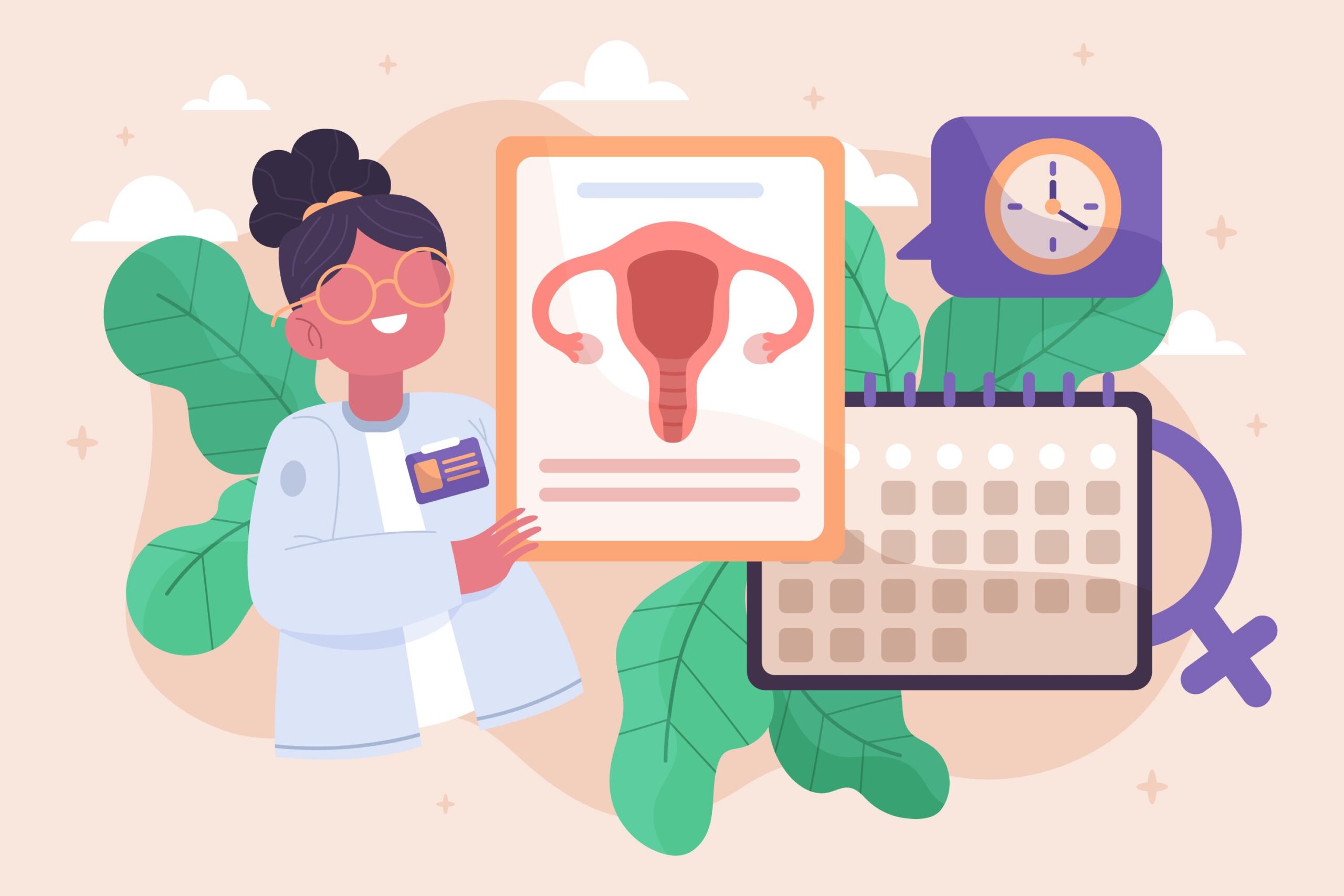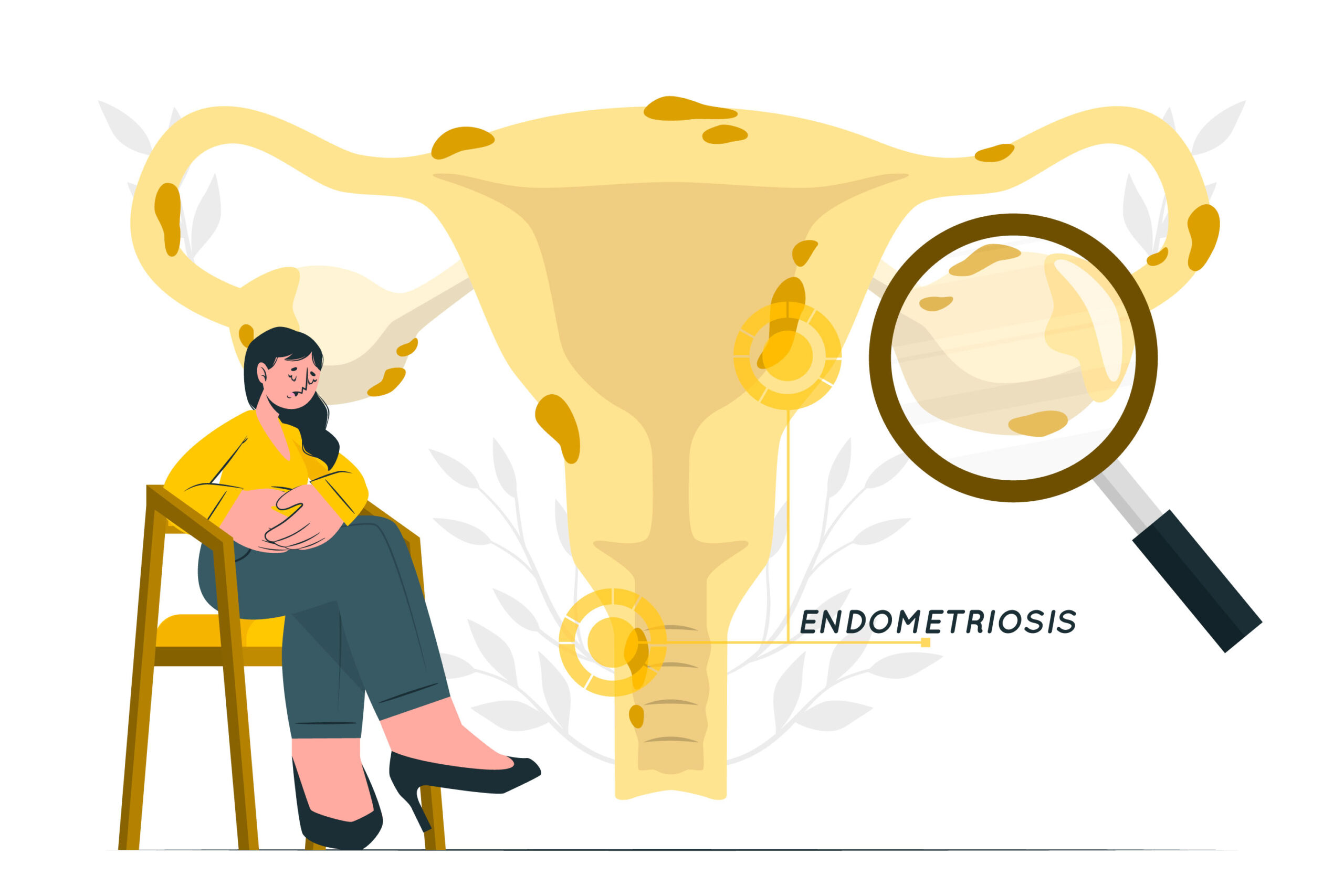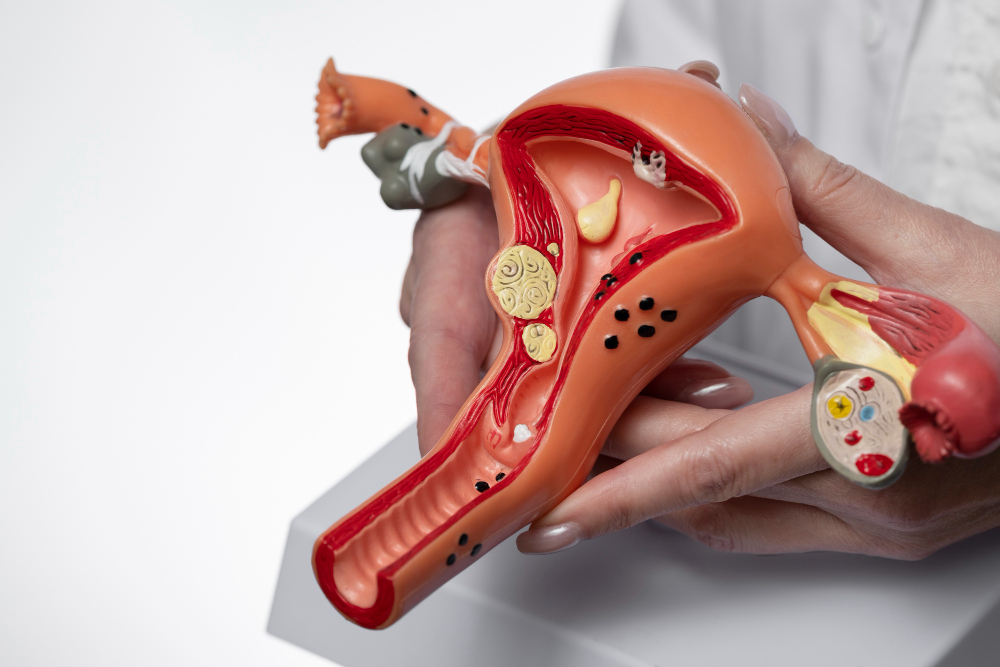Our Services


Pregnancy
Pregnancy is the period during which a fertilized egg develops into a baby inside a woman’s uterus. It typically lasts around 40 weeks, divided into three trimesters. During this time, the body undergoes significant physical and hormonal changes to support the growing fetus. Symptoms can include nausea, fatigue, and weight gain. Regular prenatal care is crucial to monitor the health of both the mother and the developing baby.

Menstrual Disorders
Menstrual disorders encompass conditions like irregular periods, heavy bleeding (menorrhagia), painful cramps (dysmenorrhea), and absent periods (amenorrhea). These issues can result from hormonal imbalances, medical conditions such as PCOS or endometriosis, stress, and lifestyle factors. Diagnosis involves medical history, physical exams, and sometimes imaging tests. Treatment varies based on the specific disorder and its causes, often including medication, lifestyle changes, or medical procedures to manage symptoms effectively.

Menopause
Menopause marks the end of a woman’s menstrual cycles, typically occurring in the late 40s or early 50s. It is characterized by the cessation of ovarian hormone production, leading to symptoms like hot flashes, night sweats, mood swings, and vaginal dryness. The transition can impact physical and emotional well-being. Managing menopause often involves lifestyle adjustments, hormone replacement therapy, and other treatments to alleviate symptoms and maintain overall health.

PCOS
Polycystic ovary syndrome (PCOS) is a hormonal disorder common among women of reproductive age. It is characterized by irregular menstrual periods, excess androgen levels, and polycystic ovaries. Symptoms include weight gain, acne, hair loss, and infertility. The exact cause is unknown, but factors like genetics and insulin resistance play a role. Treatment focuses on managing symptoms through lifestyle changes, medications, and sometimes fertility treatments to improve reproductive health and overall well-being.

Endometriosis
Endometriosis is a condition where tissue similar to the uterine lining grows outside the uterus, often on the ovaries, fallopian tubes, or pelvic lining. This can cause severe pelvic pain, heavy menstrual bleeding, and infertility. The misplaced tissue responds to hormonal changes, leading to inflammation and pain. Diagnosis typically involves pelvic exams, ultrasounds, or laparoscopy. Treatment options include pain management, hormonal therapies, and surgery to remove affected tissue.

Uterine Fibroids
Uterine fibroids are noncancerous tumors that grow in the uterus. They can vary in size and number, causing symptoms like heavy menstrual bleeding, pelvic pain, frequent urination, and pressure on the bladder or rectum. While often asymptomatic, they can affect fertility and pregnancy. Diagnosis is typically through pelvic exams and imaging tests. Treatment options range from medication to manage symptoms, to surgical procedures such as myomectomy or hysterectomy, depending on severity.